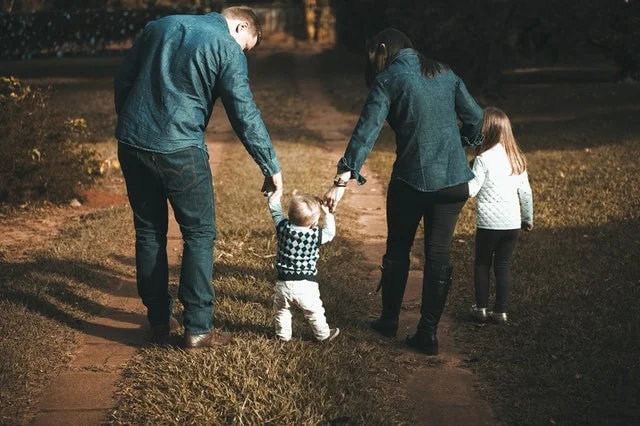What is Resourcing?
Resourcing is essentially creating new “attachments,” meaning that as we grow we “take in” others so they become part of who we are, how we think and how we behave. And, if we’re not forming new attachments, we’re strengthening other currently held attachments. “Resourcing” is also enhancing and learning coping skills and techniques such as breathing exercises and, what is known today as “mindfulness.” This mindfulness is the state of being present in the moment, not worrying about the future and not rehashing what has happened in the past. These represent the preparation phase of EMDR, Eye Movement Desensitization and Reprocessing. You need to know what to do so you can overcome difficult situations and uncomfortable emotions that come with them. There are times when therapy can make things worse rather than better because the old coping skills you have used are not working as well as they used to. That’s why you are investigating therapy.
This “taking in” other people forms our belief of who we are and how we see others. It’s the bond we have first with our primary care givers, and then extends to others in our lives. For most of us, our primary caregivers and bonding comes first with our parents. If we are secure in our attachments it is easier to love ourselves and others. If we have an insecure attachment it is harder to love ourselves and others.
Insecure Attachments
Insecure attachments aren’t unusual, I’m sorry to say. It happens because we’re all human and perceive things differently based on our personality and our experiences. We misunderstand each other all the time. It can be as simple as saying or doing something with the best of intentions and the person on the receiving end having a different perspective of what’s happening. For example, as a child you may have wanted to tie your own shoes before getting into the car, but because the family was late your mom decided to tie your shoes for you. Mom just meant to move things along faster, but you may have thought that she didn’t think you were able to tie your shoes yourself. You may come to believe “I’m not capable” about yourself. If this happens over and over, an insecure attachment or wound has occurred.
Healing for Insecure Attachments
Helping to heal an attachment wound is where resourcing comes in. It is part of over-all therapy to get you better connected to yourself and to those around you. We all need several different kinds of figures in our lives. Three kinds are especially important: a nurturer who makes you feel loved and wanted, a wise figure that you can go to who gives good advice, and an advocate/protector who will speak for you and protect you. You feel safe with these people. In therapy you connect emotionally with each of these figures and we strengthen that bond. Other attachment resources you can draw upon are the moments or experiences in your life that you are proud of; when you thought “I got it!” Both of these emotional connections help fill the wounds in your life. The ability to recall good things in your life lifts your mood and your self-esteem increases. You feel like you can tackle the challenge before you.
Occasionally someone who is eager to move on and put the past behind them has urged me, “just do EMDR.” What they mean is that they want to jump right into processing emotions that come with their trauma or PTSD, the desensitization phase. They’re frustrated with taking any time to make sure they have good coping skills and want to skip the preparation phase of EMDR. I have seen clients who have had experiences with EMDR with other therapists who have not enhanced their coping skills and techniques before jumping into the later desensitization phase. Without the skills they needed to cope, their symptoms have gotten significantly worse. Fortunately, when we go back and build the skills they need, they are able to heal and complete therapy in a healthy way. There are ways to “resource” every individual that are most beneficial, and these are my goals as an EMDR counselor.


